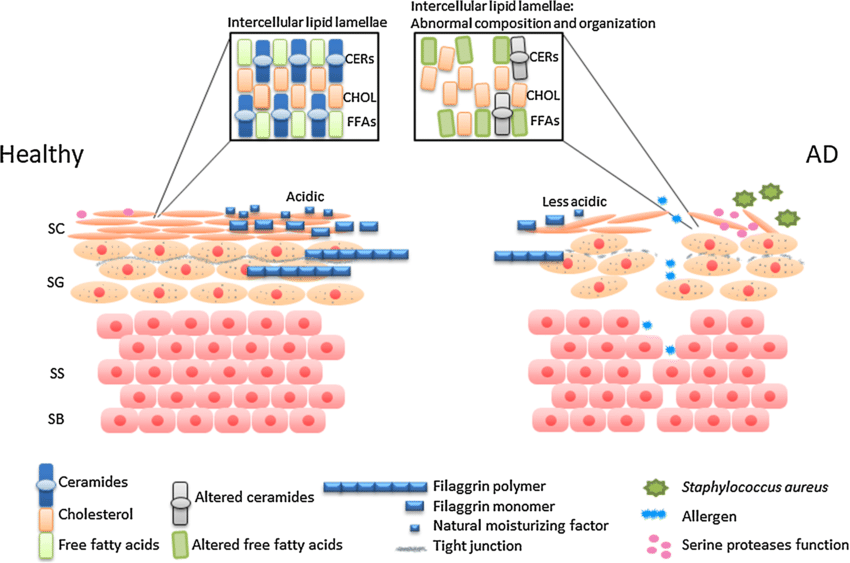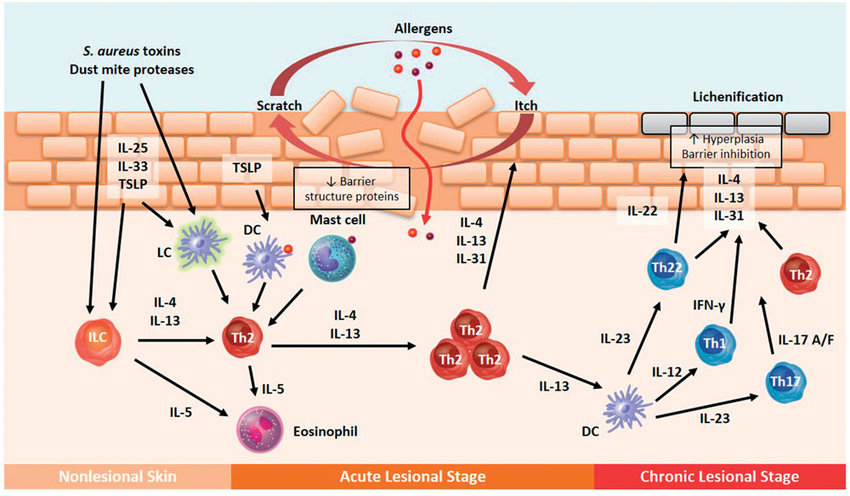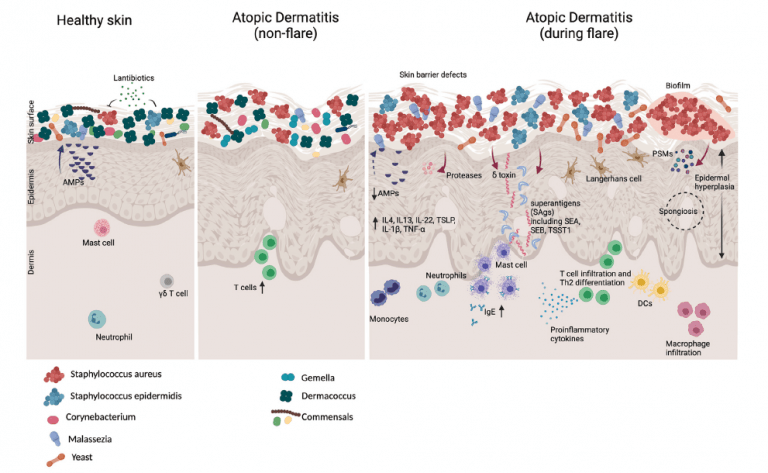Worried about dog allergies? Read this!
Do you own a dog and are concerned he/she may suffer from allergies? Then this blog post by Dr. Lauren is for you!
Allergy Quiz
If your answer is yes to any of the following questions, your dog may suffer from allergies. Read the full blog post and consult VSL Veterinary Clinic (023 986 640).
- Is your dog itchy?
- Does your dog do any of these?
- Scratch with their back/front feet?
- Nibble/lick/chew at themselves, between their toes?
- “Clean” their paws after a walk?
- Shake their head?
- Roll around on the floor or rub against the furniture?
- Scoot their bum along the floor?
- Is your dog one of these breeds or mixed with one of these breeds?
- American Cocker Spaniel, Bichon Frise, Boxer, Bull Terrier, Cairn Terrier, Cavalier King Charles, Spaniel, Chinese Shar Pei, Chow Chow, Fox Terrier, French Bulldog, German Shepherd Dog, Golden Retriever, Great Dane, Irish Setter, Jack Russell Terrier, Labrador Retriever, Poodle, Rhodesian Ridgeback, Silky Terrier, Smooth Fox Terrier, Vizsla, West Highland White Terrier
- Do any of these apply to your dog?
- Lived in a shed during puppyhood
- Adopted at the age of 8-12 weeks
- Washed regularly
- Exposed to second-hand smoke
- Currently live in a city environment
So, let’s dive right in.
What are allergies?
You might already have a suspicion your dog is suffering from allergies, maybe you have read it online or even heard it from your vet. But what do we mean when we talk about skin “allergies” in dogs?
The term “allergies” is generally used to refer to the syndrome of Atopic Dermatitis. Atopic Dermatitis is not simply an allergy, but a constellation of dysfunctional mechanisms that lead to long-term and persistent itching.
Okay, so what is Atopic Dermatitis (AD)?
It’s similar to eczema in humans; it’s a chronic (long-term) condition, affecting the skin. It helps to understand what causes it if we split the factors into three:
1. Poor skin barrier function
Skin is supposed to act as a barrier between the outside and the inside. Animals with Atopic Dermatitis lack certain cells and molecules in their skin, and therefore the barrier is “leaky” – it allows increased access of external particles to the inside, and increased loss of body water to the outside, causing dry skin.

Source: www.researchgate.net
2. Exaggerated immune response
This increased access of external particles to the inside of the body means that the immune system is constantly being exposed to airborne allergens. It starts to recognize these everyday foreign particles as invaders and attack them, even when it is something harmless like dust or pollen.

Source: www.researchgate.net
3. Abnormal skin microbiome
Microbiome refers to the tiny ecosystem of bacteria and fungus that live on the surface of the skin in all normal animals. In dogs with AD, there is a higher proportion of “bad” bacteria & fungus and a lot more of them!

Source: www.immunopaedia.org.za
Why does AD happen to some dogs and not others?
It is not yet fully understood exactly why some dogs will develop Atopic Dermatitis. It is a complex interaction between genetic factors that the dog is born with, and the environmental factors that the dog experiences whilst growing up. One study estimated that genetics are only responsible for about 50% of AD cases.
1. Genetics
Certain breeds are more likely to carry the genes for atopic dermatitis. We’ve included the full list here – is your dog on the list?
- American Cocker Spaniel
- Bichon Frise
- Boxer
- Bull Terrier
- Cairn Terrier
- Cavalier King Charles Spaniel
- Chinese Shar Pei
- Chow Chow
- Fox Terrier
- French Bulldog
- German Shepherd Dog
- Golden Retriever
- Great Dane
- Irish Setter
- Jack Russell Terrier
- Labrador Retriever
- Munsterlander (Large)
- Otterhound
- Poodle
- Rhodesian Ridgeback
- Silky Terrier
- Smooth Fox Terrier
- Vizsla
- Wachtelhund
- West Highland White Terrier
2. Environmental factors
The following factors have been proven by scientific studies to increase the risk of a puppy growing up to develop AD. There are probably many more risk factors that we haven’t identified yet! Do any of these apply to your dog?
- Living in a shed during puppyhood
- Adoption at the age of 8-12 weeks
- Washing the dog regularly
- Exposure to second-hand smoke
- Living in a city environment
What are the symptoms?
Itching!!! One of the main criteria for diagnosing atopic dermatitis is that the first symptom is always itching with no visible cause. The most common itchy areas are face, ears, feet, groin and armpits.

Source: www.researchgate.net
Keep in mind that in dogs, itching doesn’t always look the same as in humans. Does your dog…
- Scratch with their back feet?
- Scratch with their front feet?
- Nibble/lick/chew at themselves?
- “Clean” their paws after a walk?
- Chew or nibble between their toes?
- Shake their head?
- Rub against the furniture?
- Roll around on the floor?
- Scoot their bum along the floor?
These are all signs of ITCH! As the itching continues, the constant self-trauma to the itchy areas of the skin causes secondary changes such as redness, infections, hair loss, and in the long term thickening and darkening of the skin.
Diagnosis
Because it is such a complex disease with many contributing factors, there is no one test to diagnose Atopic Dermatitis. Your vet will need to do a number of tests and treatment trials over many weeks to rule out all other possible causes of itch.
This can be a long, expensive, and frustrating process and many people become discouraged by this point. Again, and again the test results will come back negative, and it can often feel like no progress is being made. Remember that ruling something OUT is just as valuable as ruling something IN! Every negative test result brings us a step closer to confirming Atopic Dermatitis so that we can start the right treatment for your individual situation.
Treatment
There is no cure, so the treatment of Atopic Dermatitis is aimed at managing the itching over the dog’s lifetime. The most effective approach is to combine several different treatments in order to combat all three causes at once:
- Poor Skin barrier: Dietary and topical essential fatty acids can help to repair the skin barrier.
- Exaggerated immune response: avoiding allergens, vaccinating your dog against certain allergens, or treating them with drugs to suppress their immune system.
- Abnormal skin microbiome: using oral medications or topical shampoos/conditioners/creams to kill bacteria and fungus.
Setting expectations
If you’ve read this far, well done! Atopic dermatitis can be a frustrating disease for both owners and vets:
- It takes a long time to reach the diagnosis.
- Treatment requires a lot of trial and error, as not every treatment will work for every pet.
- EARLY diagnosis and FREQUENT vet visits are better for your pet (and much cheaper) in the long run, rather than waiting until the itching is totally out of control and secondary infections have taken hold.
If we work as a team we can provide them a happy & mostly itch-free life!
CONTACT VSL TO BOOK A CONSULT (023 986 640).

